12 Unwritten Rules of Fishing That Will Make You a Better Angler
Fishing is more than just a hobby; it’s a tradition deeply rooted in human history, combining skill, patience, and a profound connection with nature. While anyone can toss a line into the water, there’s a significant difference between simply fishing and being a skilled angler respected by the community. Beyond the technical aspects of selecting the right gear and mastering casting techniques, fishing has a rich culture of unwritten rules and etiquette that seasoned anglers pass down through generations.
These unspoken guidelines not only improve your fishing success but also preserve the sport’s integrity and ensure everyone on the water has an enjoyable experience. Whether you’re new to fishing or looking to refine your approach, understanding these twelve unwritten rules of fishing will elevate your angling skills and earn you respect among fellow fishing enthusiasts.
Respect Other Anglers’ Space

One of the most fundamental unwritten rules in fishing is maintaining appropriate distance from other anglers. Nothing spoils a peaceful day on the water faster than someone crowding your carefully selected fishing spot.
As a general guideline, stay at least 50-100 feet away from other fishermen unless the location is particularly crowded or you’ve received explicit permission to fish closer. This buffer zone allows everyone to cast freely without tangling lines or disturbing potentially productive water. Remember that someone may have spent considerable time studying the area and waiting for fish to settle into a feeding pattern, and your sudden appearance could ruin hours of patient preparation. The golden rule applies perfectly here: treat other anglers with the same courtesy and respect for space that you’d appreciate receiving.
Practice Catch and Release Properly
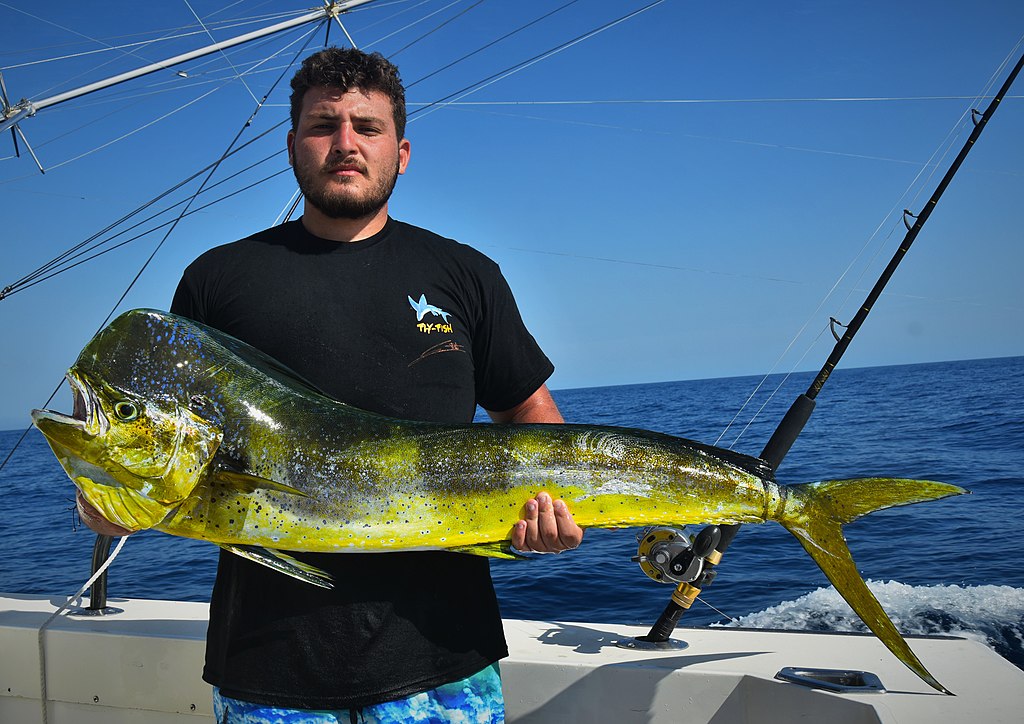
If you’re planning to release a fish, how you handle it dramatically impacts its survival chances after swimming away. Always wet your hands before touching a fish to protect its protective slime coating, which shields it from infections and parasites. Minimize the time the fish spends out of water—ideally less than 30 seconds—and use barbless hooks when possible to reduce injury during hook removal. Never place a fish on dry ground or boat surfaces; instead, keep it partially submerged in a landing net while unhooking.
When releasing the fish, hold it gently in the water facing upstream (in flowing water) until it regains strength and swims away on its own. Remember that proper release techniques aren’t just courteous—they’re essential for conservation and ensuring future generations can enjoy the same fishing opportunities you have today.
Leave No Trace
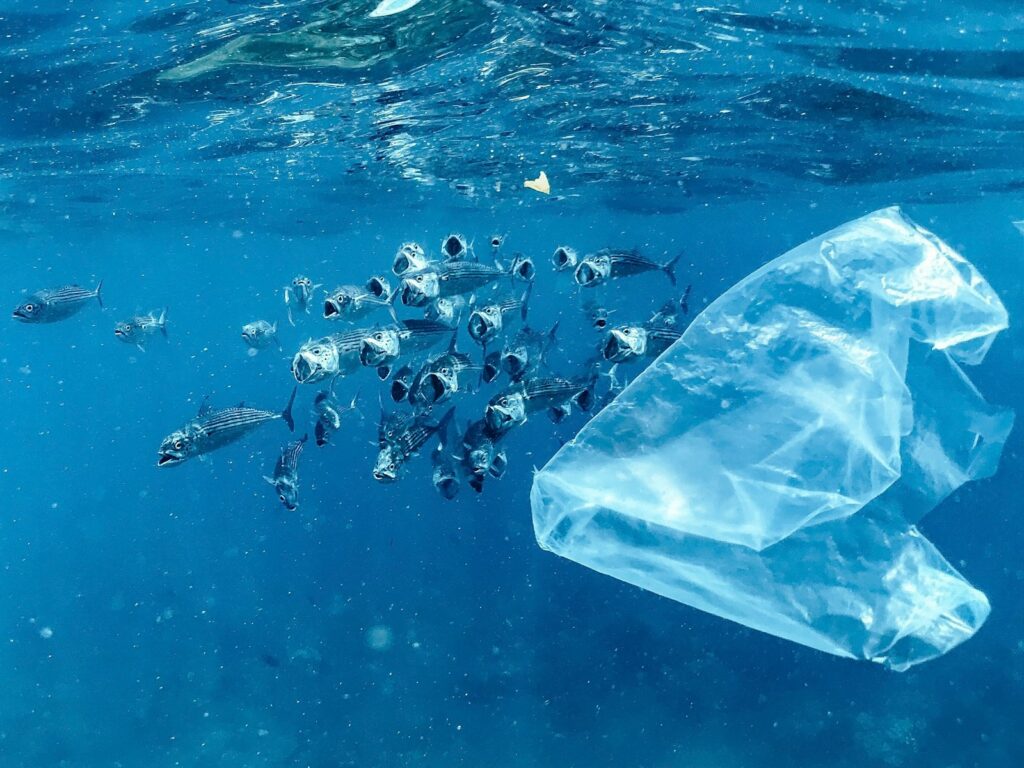
The pristine environments where we fish remain that way only if anglers commit to leaving absolutely no trace of their presence. This means taking out everything you brought in—empty bait containers, food wrappers, beverage cans, and especially fishing line, which can entangle and kill wildlife for years if abandoned. Many responsible anglers even make a habit of collecting trash left by others, helping preserve these natural spaces beyond their personal impact.
Discarded monofilament line is particularly hazardous, capable of entangling birds, mammals, turtles, and fish with often fatal consequences. Always bring a dedicated container for used line and properly dispose of it in designated recycling containers many tackle shops and boat ramps now provide. The fishing spots we cherish today remain accessible and beautiful only through the collective stewardship of the angling community.
Know and Follow Local Fishing Rules
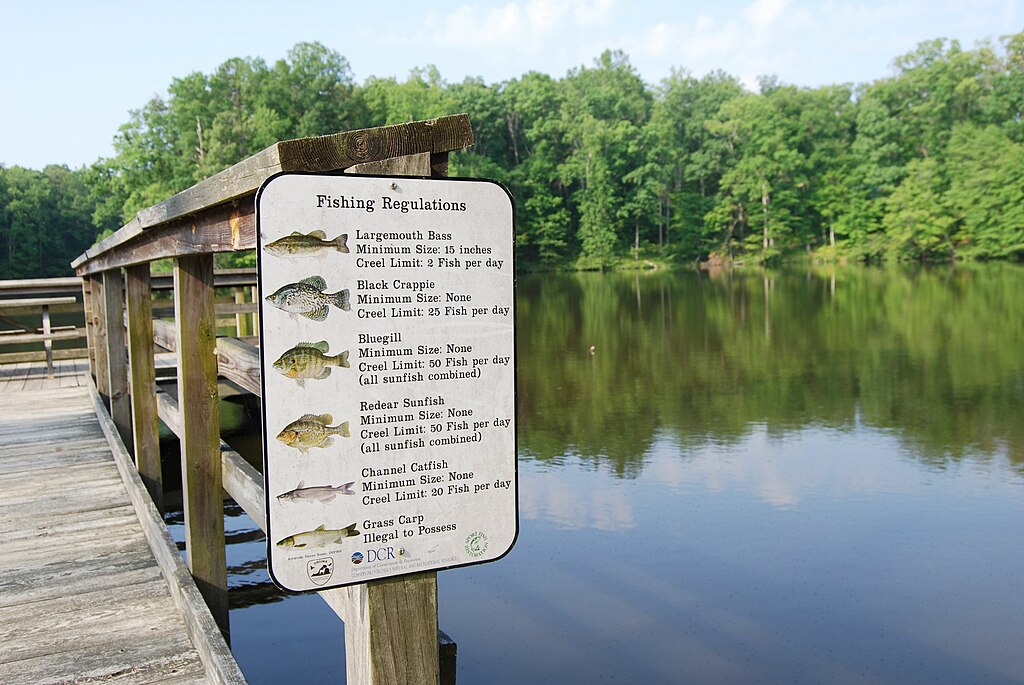
Fishing rules exist for crucial ecological reasons, protecting fish populations and ensuring sustainable fishing for future generations. Responsible anglers not only know the current regulations for their fishing location but carry appropriate licenses and follow size restrictions, bag limits, and seasonal closures without exception. These rules often vary significantly between different bodies of water, sometimes even within the same state or region, and ignorance is never a valid excuse for violations.
Take time before each fishing trip to research or review the specific regulations for your destination, including any special provisions for catch-and-release zones or protected species. Remember that game wardens typically show more leniency toward honest mistakes when an angler can demonstrate they’ve made a good-faith effort to understand and follow the rules, such as having a regulations pamphlet handy or a fishing regulation app on their phone.
Arrive Prepared
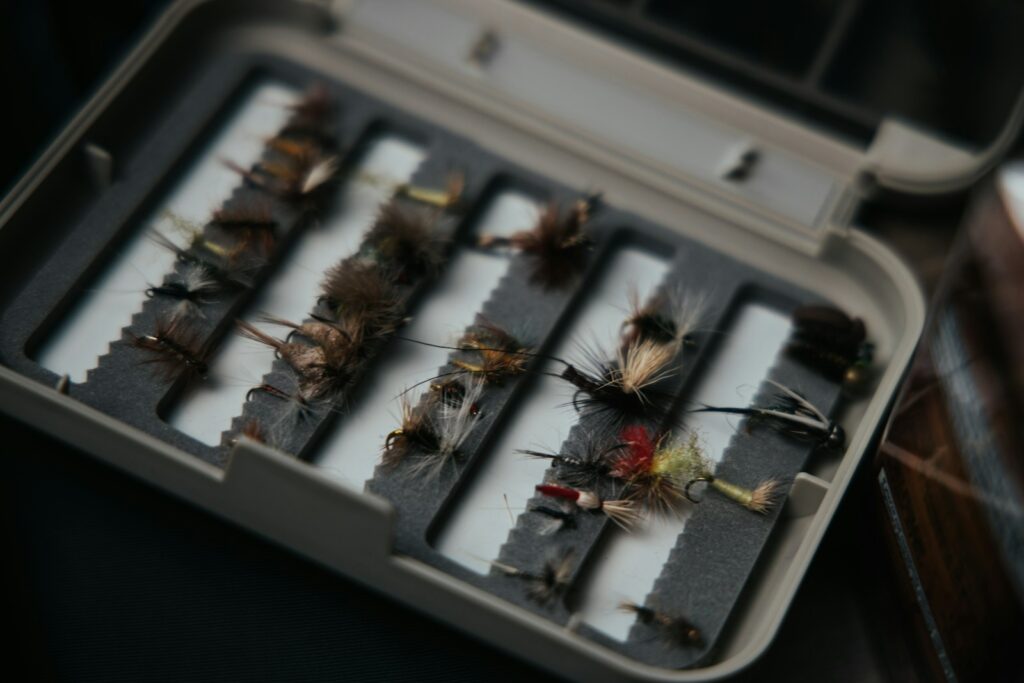
Nothing marks a novice angler more clearly than constantly borrowing gear or asking for basic assistance that proper preparation would have eliminated. Experienced fishermen always arrive with thoroughly checked equipment, including backup options for essential items such as hooks, weights, and line, which frequently need replacement during outings. Before heading out, take time to research your fishing destination’s conditions, target species, and effective techniques—understanding what you’re fishing for dramatically improves your chances of success.
Keep your tackle organized in a system that allows you to quickly access the needed items without rummaging, spilling contents, or creating disturbances that spook nearby fish. While most anglers will gladly offer assistance in genuine emergencies, repeatedly asking to borrow basic supplies suggests a lack of respect for others’ time and resources. The self-reliance that comes with proper preparation is a hallmark of the accomplished angler.
Master the Art of Fishing Etiquette on Boats

Fishing from a boat introduces a specialized set of unwritten rules that preserve both safety and harmony in confined spaces. When multiple anglers share a boat, establish clear rotation patterns for prime fishing positions and take turns casting to the most promising spots rather than monopolizing them. Be hyperaware of your casting arc to avoid hooking fellow passengers, and announce your casts with a clear “Casting!” when fishing behind others.
Keep your gear contained to your assigned space rather than spreading across shared areas, and always secure loose items that could create hazards or noise that spooks fish. Remember that boat fishing is inherently collaborative—from netting another angler’s catch to helping maintain position in current or wind—and your willingness to assist others typically comes back as reciprocated cooperation. Most importantly, always defer to the boat owner’s rules and preferences, as they’re ultimately responsible for everyone’s safety and the vessel’s condition.
Learn When to Keep Fishing Spots Secret
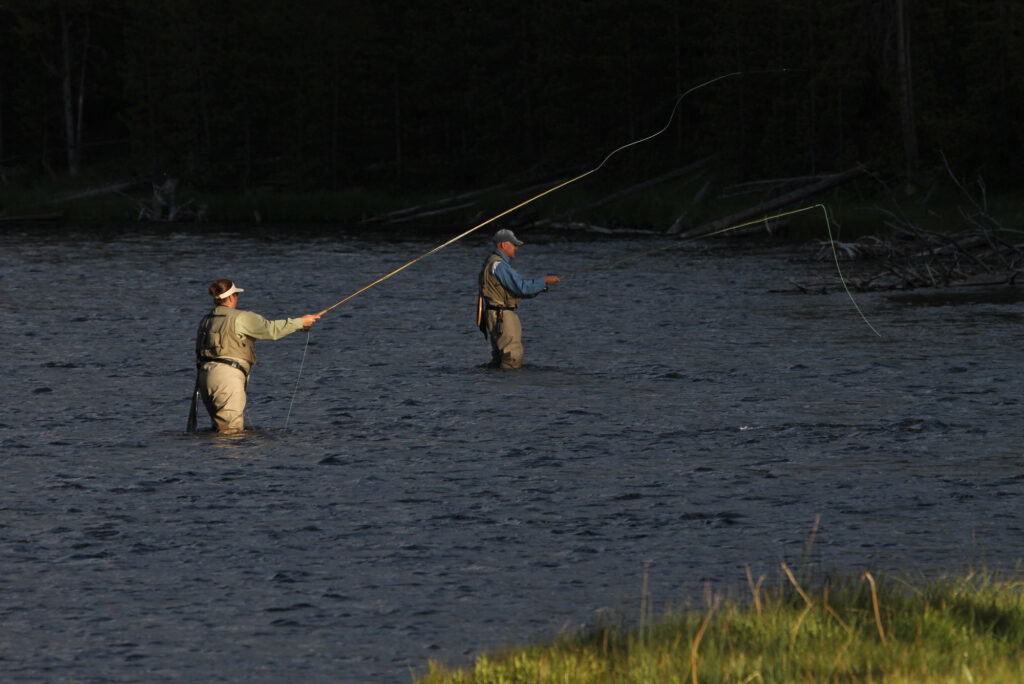
The ethics of sharing fishing locations represents one of the most nuanced aspects of angler etiquette, requiring careful judgment rather than rigid rules. While sharing knowledge generally benefits the fishing community, indiscriminate disclosure of productive spots—especially on public forums or social media—can lead to overcrowding and resource depletion. Before revealing a fishing location, consider factors like the area’s size, fish population health, existing pressure, and the discretion of the person receiving the information.
Many experienced anglers follow an unspoken code: general areas may be freely discussed, but specific honey holes are shared only with trusted friends who demonstrate proper respect for the resource. When someone shares a productive spot with you, consider it privileged information requiring explicit permission before bringing others or posting about it online. Remember that locations earning their “secret spot” status typically represent years of exploration and experience that deserve respect.
Be Mindful of Your Wake
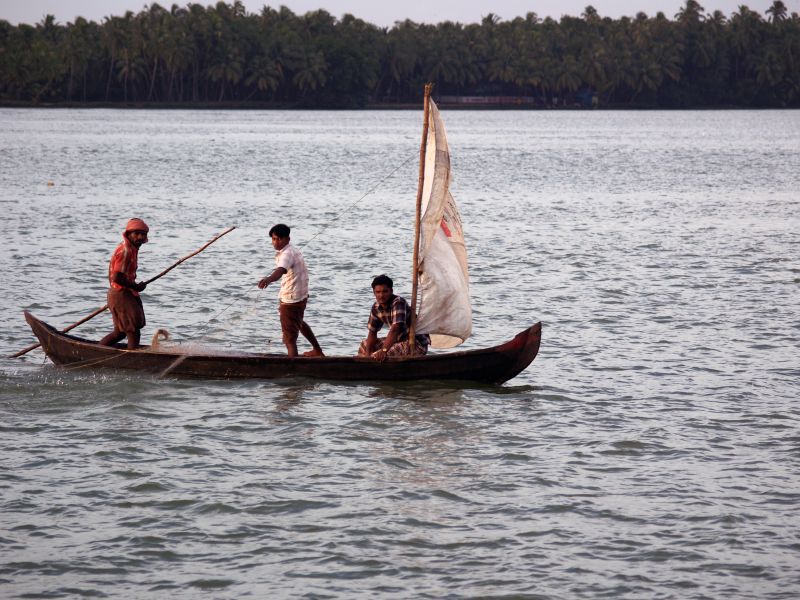
The wake from your boat can significantly impact other anglers and the environment, making wake awareness a crucial aspect of on-water etiquette. When passing fishing boats, shoreline anglers, or environmentally sensitive areas like spawning grounds or erosion-prone banks, always reduce speed to minimize your wake. This consideration extends beyond fellow fishermen to paddlers, swimmers, and wildlife that can be disturbed or endangered by excessive boat wake.
Pay particular attention in narrow channels where your wake reflects off banks and can create chaotic water conditions that persist long after you’ve passed. As one of the unspoken rules of fishing, many fishing areas have formal “no wake” zones, but the conscientious angler applies this principle universally wherever their wake might impact others. Remember that your responsibility for your wake extends well beyond the legal minimum—the respect you show for others on the water typically comes back to you through similar courtesies from fellow boaters.
Time Your Conversations Wisely

Fishing offers wonderful opportunities for social connection, but knowing when conversation is appropriate represents a subtle but important aspect of angling etiquette. During active fishing—particularly when fish are biting or someone is fighting a catch—keep conversation minimal and focused on the immediate situation. Loud talking, laughter, or off-topic discussions during prime fishing moments can spook fish and break the concentration anglers need for detecting subtle bites or executing precise presentations. Save deeper conversations for slow periods, lunch breaks, or the ride to and from fishing locations.
When approaching other anglers, keep your initial greeting brief and observe whether they seem receptive to conversation before launching into extended dialogue. Many fishermen value the meditative aspects of their time on the water, and respecting another angler’s desire for quiet contemplation demonstrates true understanding of fishing’s deeper appeal. That said, offering a timely, relevant tip about what’s working can be welcome—just deliver it quietly and succinctly.
Photograph Fish Responsibly
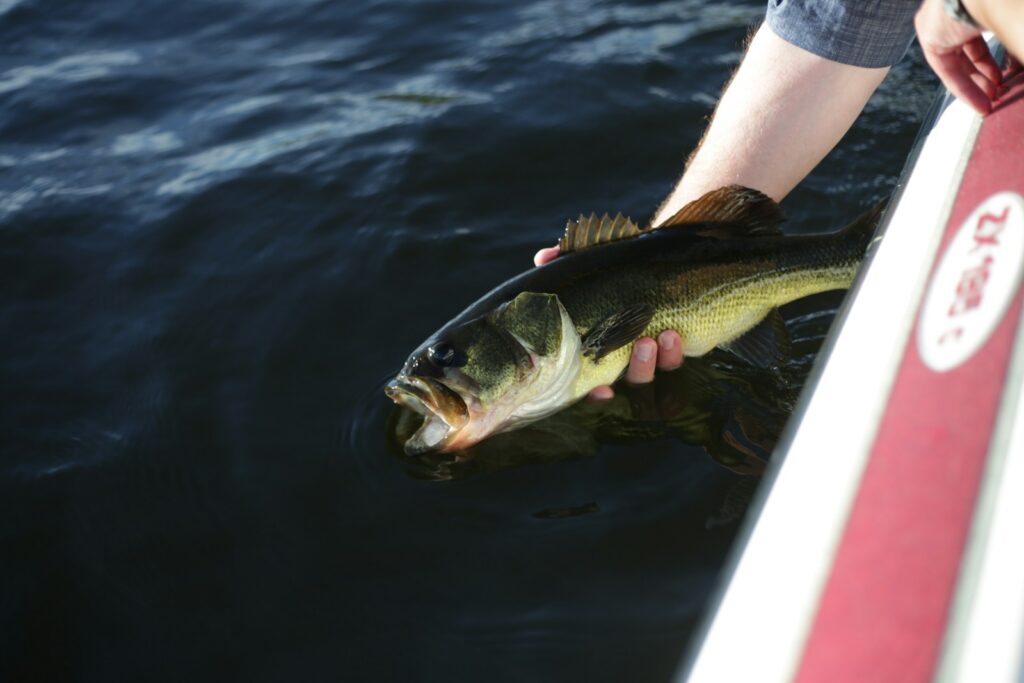
The perfect fishing photograph preserves memories while respecting the fish’s welfare, especially for catch-and-release fishing. Before handling any fish for photos, prepare your camera or phone and have a clear plan for the shot to minimize time out of water. Hold fish horizontally with wet hands, supporting their weight properly rather than dangling them vertically by their jaw, which can cause severe internal injuries to larger specimens. Avoid placing fish on dry surfaces like boat decks or riverbanks where they can lose protective slime and sustain damage to their gills and organs.
For larger species, consider taking photos while keeping the fish partially submerged to reduce stress and physiological impacts. Remember that no photograph is worth sacrificing a fish’s survival chances, and sometimes the most responsible choice is forgoing the perfect shot in favor of a quick release. The most respected anglers in any community are those who clearly prioritize the fish’s welfare over their social media highlights.
Help Novice Anglers (When Welcome)
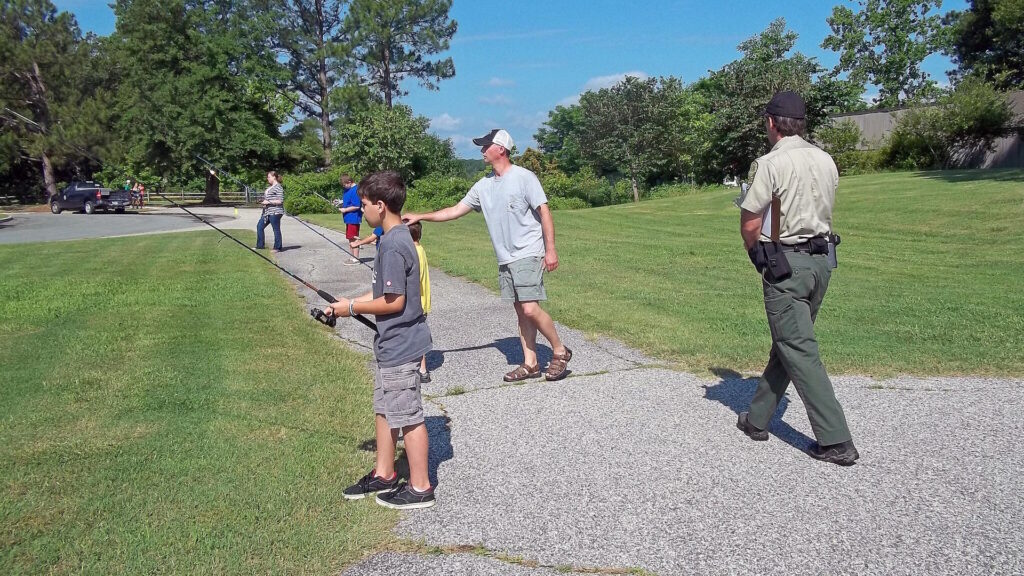
Fishing knowledge accumulates through experience, and sharing that wisdom appropriately helps preserve the sport’s traditions and conservation ethic. When offering assistance to novice anglers, first observe whether they seem receptive to guidance—struggling repeatedly with the same issue usually signals an openness to help, while focused concentration might indicate a preference for learning through personal discovery. When advice seems welcome, deliver it diplomatically by sharing what has worked for you rather than framing guidance as corrections to “mistakes.”
Focus first on techniques that will make their experience more enjoyable rather than overwhelming them with advanced tactics. Remember that many newcomers to fishing feel intimidated by the learning curve, and your patient encouragement might determine whether they develop a lifelong passion or abandon the sport after a frustrating initial experience. The fishing community thrives when knowledge flows freely between generations, creating both better anglers and stronger advocates for aquatic conservation.
Respect Private Property

Access to prime fishing waters often requires crossing or fishing near private property, making respectful behavior essential for maintaining these opportunities. Always obtain explicit permission before crossing private land, even if you’re only passing through to reach public water, and follow any specific conditions the landowner establishes regarding parking, access routes, or time restrictions.
When fishing near private docks, homes, or shorelines, maintain enough distance to preserve residents’ privacy and peace—casting directly toward occupied private property is universally considered poor form. Remember that landowners who have had negative experiences with trespassing, littering, or disrespectful anglers often respond by restricting access entirely, affecting the entire fishing community.
Building positive relationships with property owners through courteous behavior, occasional thank-you notes, or even sharing a portion of your catch can help preserve fishing access that might otherwise disappear. The continued availability of many treasured fishing spots depends directly on the collective reputation anglers establish with local landowners.
Pay It Forward

The fishing community thrives on a culture of reciprocity—those who have benefited from others’ generosity should actively seek opportunities to contribute positively to the sport. This might mean participating in conservation efforts like stream cleanups or habitat restoration projects that maintain healthy fisheries for future generations.
Consider joining or supporting organizations that advocate for clean water, public access, and sustainable management of fish populations that benefit all anglers. Experienced fishermen can volunteer with youth programs that introduce the next generation to fishing’s joys and responsibilities, passing along not just technical skills but also the ethics and conservation values that preserve the sport.
Even small actions matter—picking up trash left by others, reporting pollution incidents, or sharing quality gear you’ve outgrown with beginners all strengthen the fishing community. Remember that every positive contribution, however small, helps ensure that fishing remains a viable and rewarding pursuit for generations to come.
Conclusion
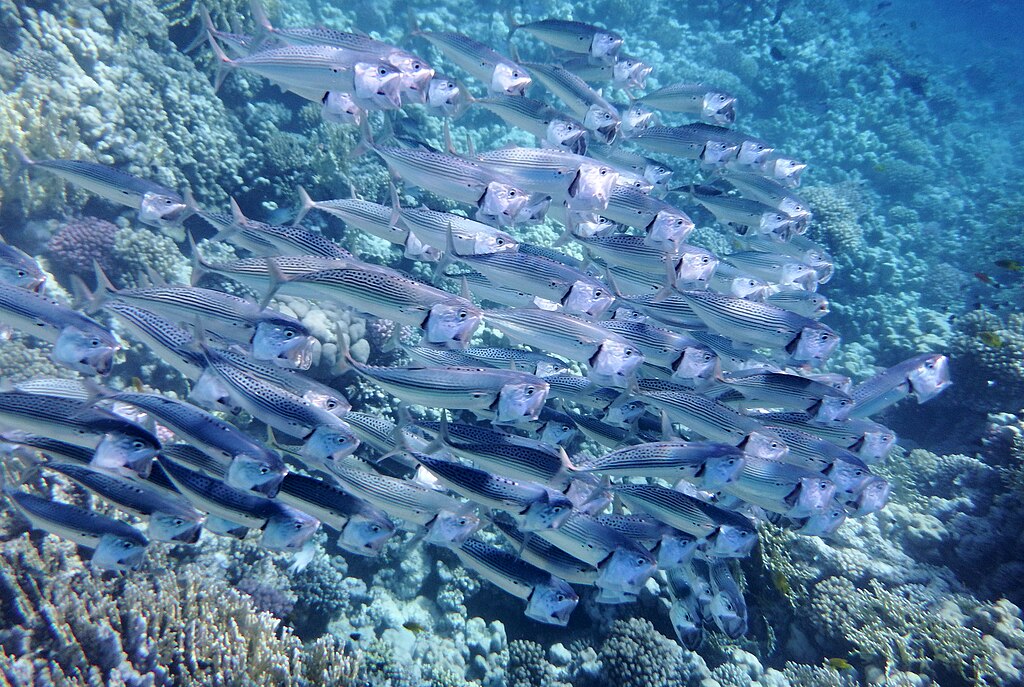
Fishing, at its core, represents more than just the pursuit of catching fish—it’s about participating in a community with deep traditions of mutual respect and resource stewardship. These unwritten rules form the backbone of angling culture, guiding behavior that preserves both the quality of the fishing experience and the health of the ecosystems that make it possible.
By embracing these principles, you’ll not only catch more fish and make more friends on the water, but you’ll also become part of the vital chain of anglers who pass down these values to ensure fishing’s future. The most accomplished anglers understand that their legacy isn’t measured merely by the size or number of fish they’ve caught, but by how they’ve contributed to the sport’s continuation through ethical practice and mentorship.
Following these unwritten rules, you become more than just someone who fishes—you become an angler in the truest and most respected sense of the word.
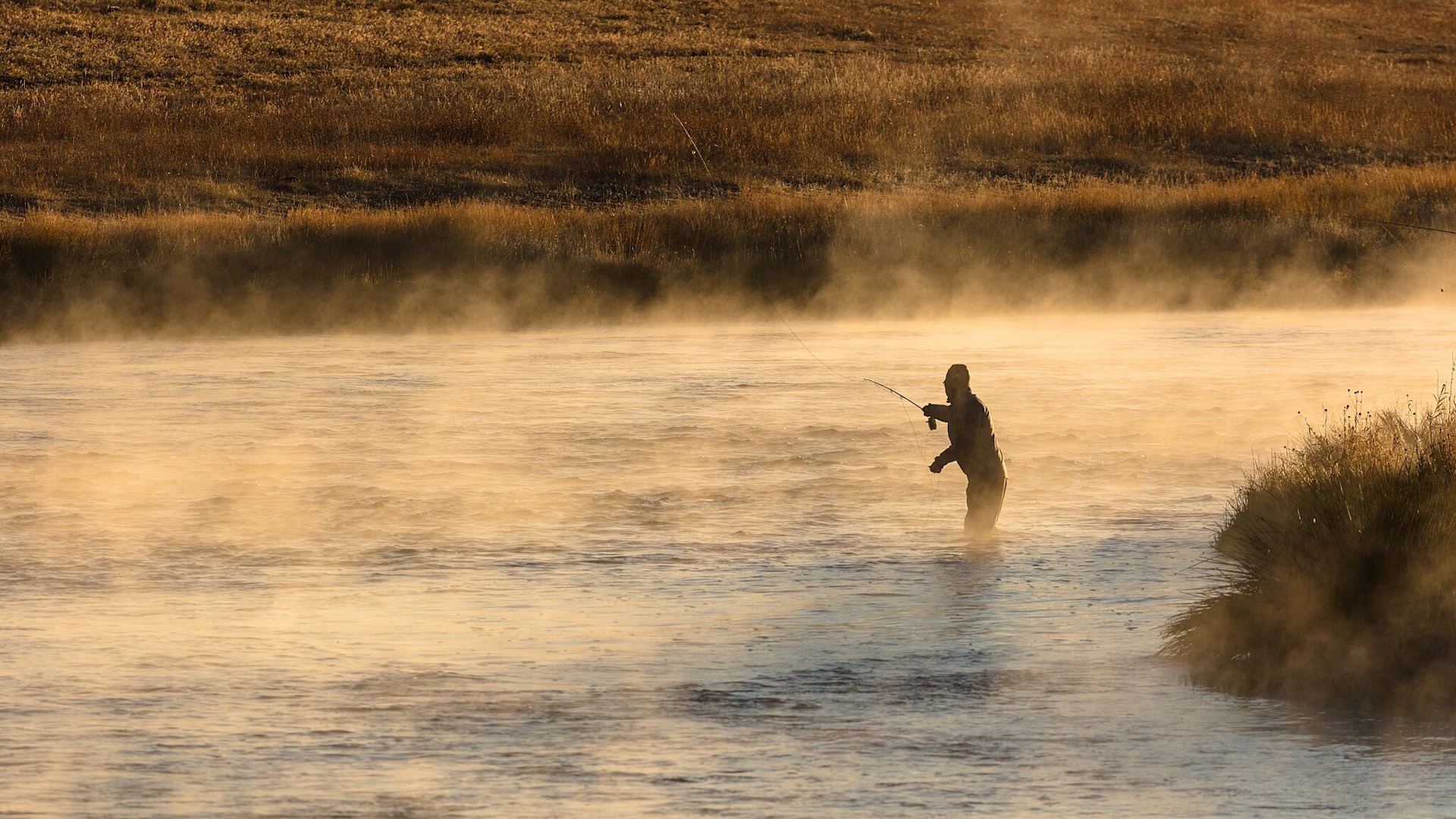

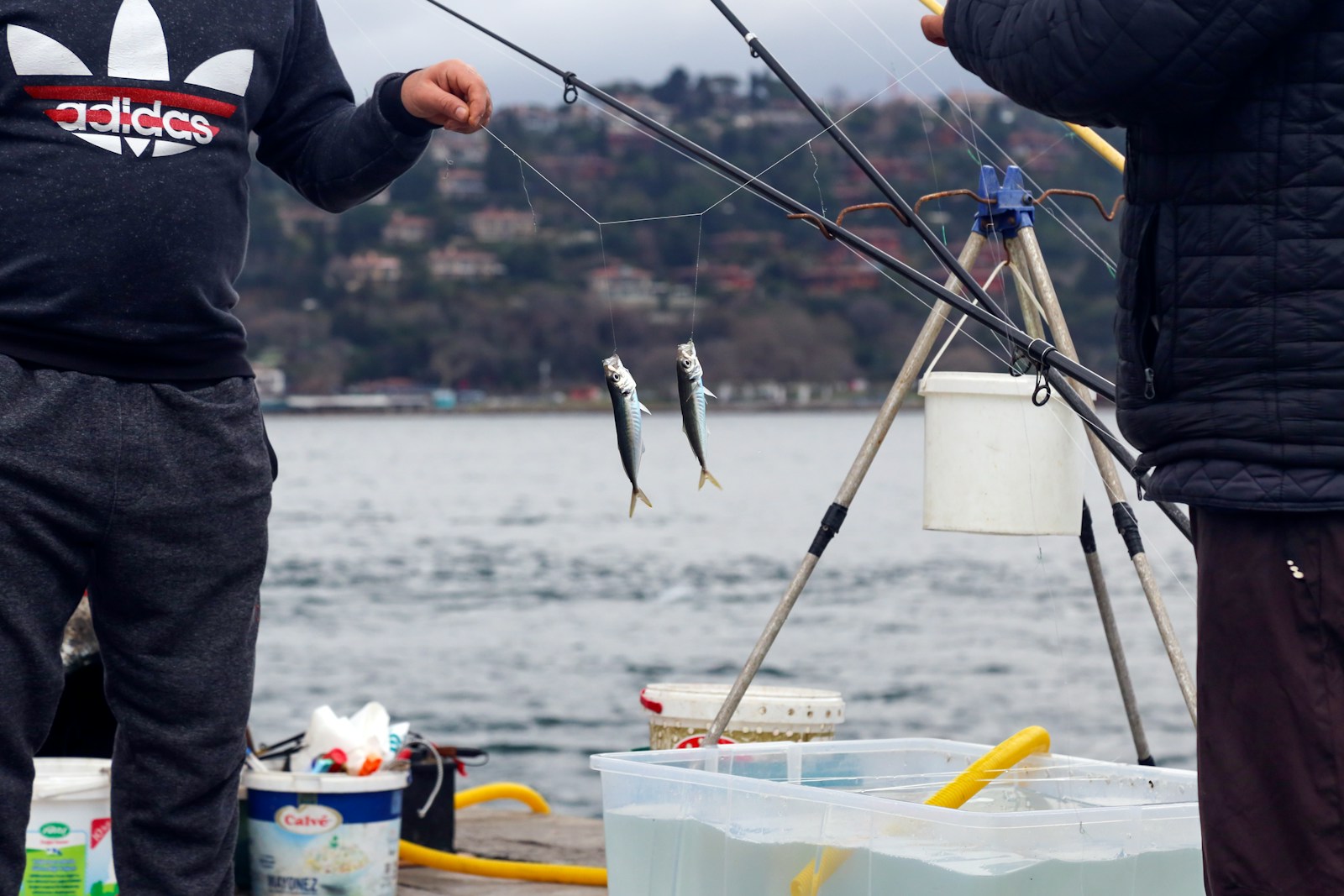











Post Comment